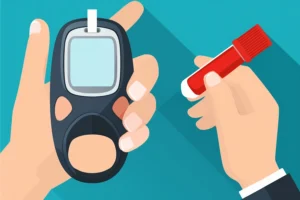Healthcare providers are increasingly turning to digital platforms to extend their reach, particularly to patients in remote or underserved areas. Recent innovations in telemedicine including virtual consultations, remote monitoring devices and integrated digital health tools are transforming how patients access care and how healthcare facilities streamline their operations.
These digital solutions empower patients to consult with physicians via secure video calls, access real-time health monitoring through wearable devices and receive timely updates on their conditions without the need for frequent in-person visits. This not only enhances access to care but also reduces waiting times, alleviates the strain on physical clinics and improves the management of patient records through seamless integration with electronic health systems.
Moreover, the shift toward telemedicine is proving economically beneficial. By reducing the need for physical infrastructure and enabling more efficient scheduling, healthcare facilities can lower operational costs. Additionally, the use of remote monitoring tools facilitates early detection of potential health issues, which can lead to more proactive interventions and reduced hospital admissions.
As digital health tools become more sophisticated, incorporating artificial intelligence for predictive analytics and personalized treatment recommendations the telemedicine landscape is expected to continue evolving rapidly. Experts believe that these advancements will further drive improved patient outcomes, more personalized care and a more resilient healthcare system overall.
Disclaimer: This article is for informational purposes only and does not constitute medical advice. Please consult healthcare professionals for personalized guidance.



